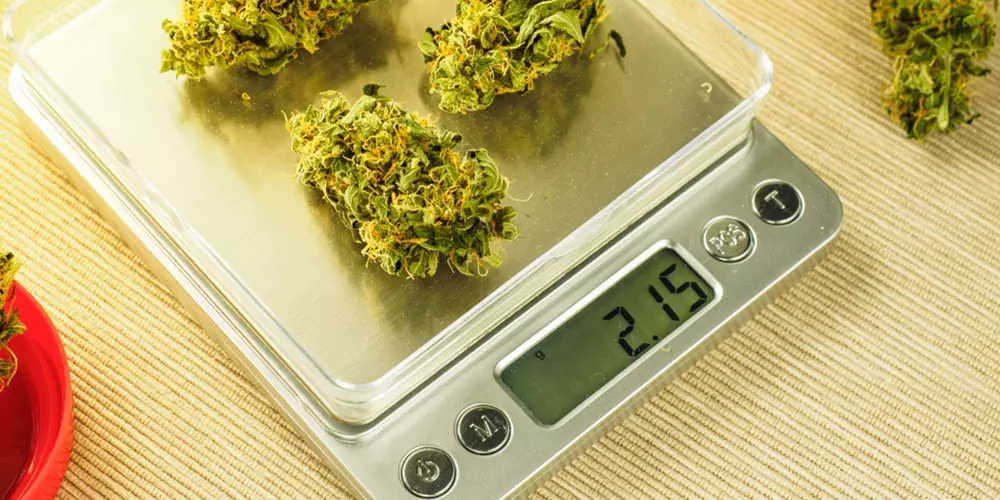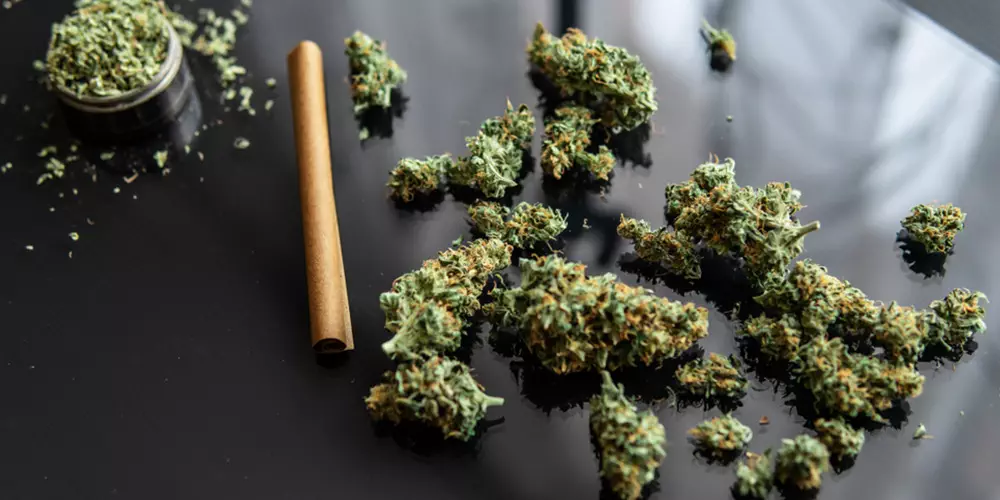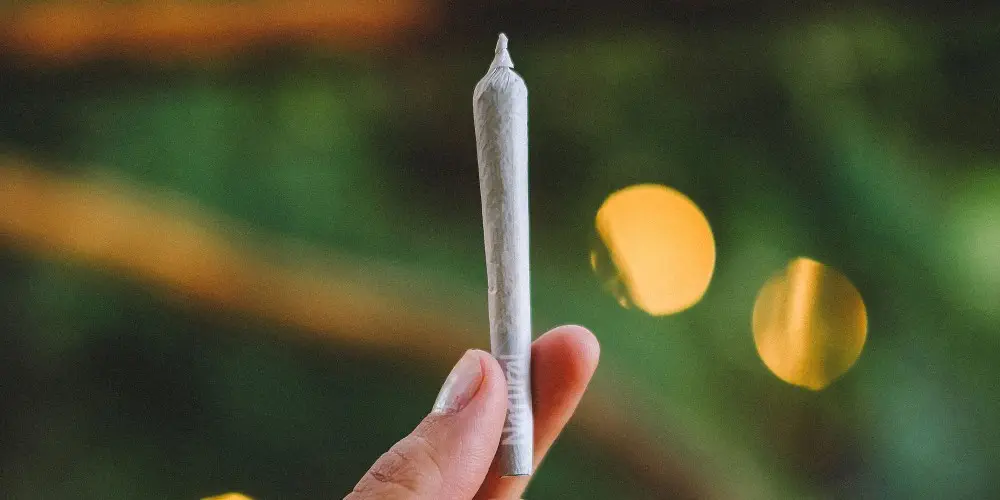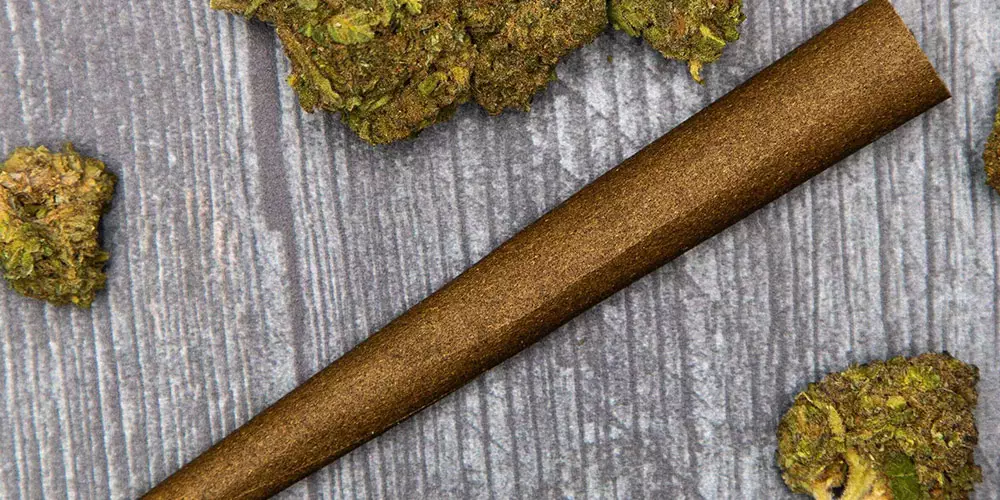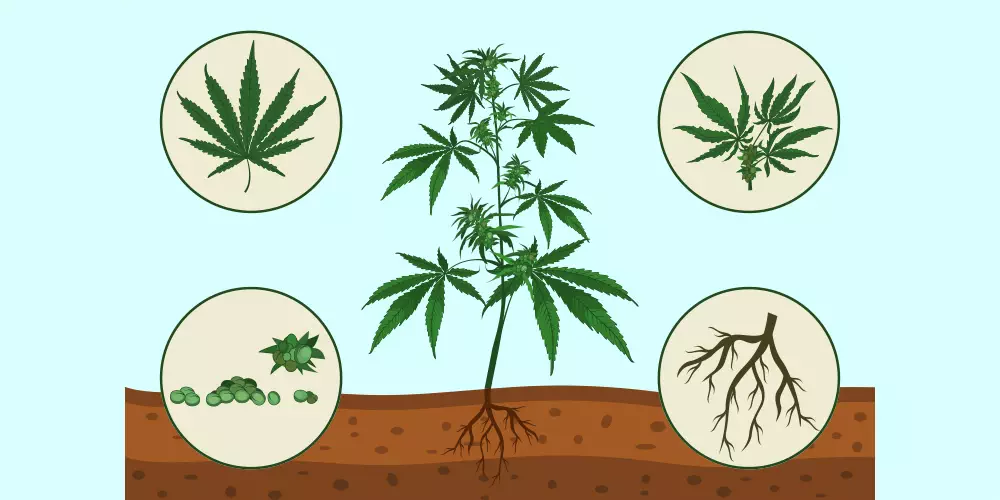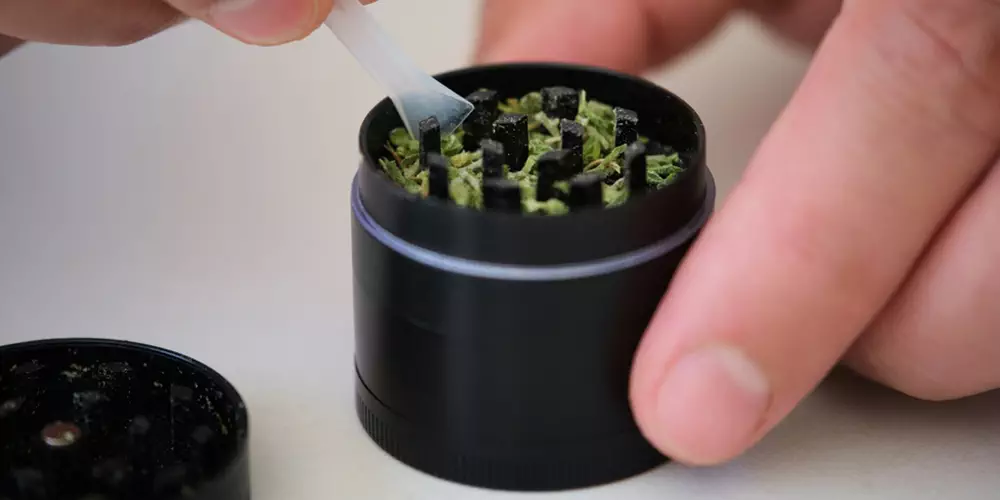Introduction
When it comes to measuring cannabis for personal use, cooking, or sharing, the importance of accurate measurement cannot be overstated.
Whether you’re a seasoned user or a beginner, knowing the exact weight of the cannabis you’re working with is crucial for various reasons—from ensuring fair distribution to preventing a stronger hit than you were anticipating.
While a digital scale will give you the most accurate reading, there may be instances where one is not readily available. In such cases, alternative methods and household items can come to the rescue.
Tools You Might Already Have
Believe it or not, your household is likely stocked with items that can serve as basic measuring tools for cannabis. This includes common objects like coins, rulers, and even your smartphone—though it’s worth mentioning that these are not as accurate as a scale.
DIY Methods on How to Measure Weed Without Scales
The Coin Method
The Coin Method for measuring weed involves using a standard coin, such as a U.S. nickel, as a weight reference. A U.S. nickel weighs exactly 5 grams. You can create a simple balance using household items like a ruler and a pencil or pen, placing the nickel on one end and the cannabis on the other. Adjust the amount of cannabis until both sides are approximately balanced.
Here is the breakdown of weights of the most common US coins:
- 1 cent ($0.01): 2.5g
- 1 nickel ($0.05): 5g
- 1 dime ($0.10): 2.27g
- 1 quarter ($0.25) 5.67g
As you can see the 1 cent coin and nickel are the easiest to work out even quantities so we recommend using multiples of these to work out .
We have prepared a handy calculator for you to work out the total weight, simply add in the number of coins and which denomination and it will tell you the total grams of your cannabis.
Coin Calculator To Measure Weed
The Ruler Method
Technique that involves using a standard ruler to gauge the approximate length of long, stringy cannabis buds. By placing the bud next to a ruler on a flat surface, you can estimate its length in inches. While this method doesn’t directly translate length to weight, with enough experience, one may develop a rough sense for correlating the two. Keep in mind that this approach is not really an accurate method and is most useful for larger, elongated buds rather than small or dense ones.

The Visual Estimation Method
This method involves using your eyes to gauge the amount of cannabis you have, often by comparing it to a known quantity. This method is the least accurate and relies heavily on individual experience and judgment. It’s convenient because it requires no tools, but the margin for an inaccurate measurement is high. Typically, a small bud or a piece about the size of a grape is often used as a rough approximation for a gram, although this can vary based on the density and moisture content of the bud.
Here are some size references that you can compare you bud to for a more accurate visual guess:
- 1g = a large grape.
- 3.5g (⅛ ounce) = 1 die (dice).
- 7g (¼ ounce) = 3 pennies.
- 14g (½ ounce) = almost as much as a compact disc.
- 28g (1 ounce) = a bit more than an AA battery.
- 453g (1 pound) = 3 navel oranges.
The Water Displacement Method
This involves using water to approximate the volume of your cannabis, which can then be used to make an estimated conversion to weight. In this method, you fill a measuring cup with a known volume of water and note the water level. Then, add your cannabis to the water and observe how much the water level rises. The change in water volume is used to estimate the volume of the cannabis. While this method can be useful for larger quantities, it’s generally not very accurate for measuring small amounts.

Smartphone Apps
Phone apps claim to offer a convenient solution for measuring weed by using the cell phone’s built-in sensors. These apps often require you to place the cannabis directly on the screen or use the phone’s camera to estimate weight. However, these are generally the least reliable method and far from accurate. They may give you a very rough approximation at best, but should not be relied upon for precise measurement. Always proceed with caution if you choose to use scale apps and consider them a last resort rather than a go-to solution.
Coat Hanger Method
The “Coat Hanger Method” for measuring weed involves using a coat hanger as a makeshift balance to approximate the weight of your cannabis. The concept is similar to using a balance scale, with the coat hanger serving as the balance arm. You’d suspend the hanger from a central point, ensuring it’s level when at rest. Then you would attach a known weight (like a bag of coins or a standard weight) to one end and your cannabis, in a bag or container, to the other end. When both sides level out, you can assume that the weight of the cannabis is approximately equal to the known weight.

Use Pre Rolled Cones
If you use our pre rolled cones you will always know how much weed you are smoking. There are many benefits in using pre rolled cones such as their convenience and even burn but also the consistency in size isn’t something to be overlooked. By using the exact same size cones each time you smoke you know exactly how much of your stash you will go through.
We have 2 sizes of cones available; the 1 ¼ Size which holds 0.5 of grams of weed.
And our King Size holds 1 gram.
Advantages and Disadvantages of These Methods
- Coin Method: Accurate for larger quantities but requires a makeshift balance.
- Ruler Method: Not accurate but useful for longer buds.
- Visual Estimation: Highly unreliable, but the most convenient.
- Water Displacement: Not suitable for small quantities, and conversion from volume to weight can be inaccurate.
- Smartphone Apps: Generally unreliable but convenient if you have no other option.
- Coat Hanger Method: A quick, readily accessible, and low-cost way to approximate weight, but it lacks the precision of a digital scale and may be influenced by factors like wind or an uneven suspension point, leading to potential inaccuracies.
Tips for Improving Accuracy
- Calibrate: Use known weights like coins to calibrate your DIY methods.
- Experience: The more you practice with these methods, the more accurate your estimations will become.
- Cross-Reference: Use more than one method to cross-reference your measurements.
Conclusion
Accurate measurement of cannabis is more than just a good practice—it’s a necessity for ensuring safety, effectiveness, and fairness. While nothing can fully replace the accuracy of a well-calibrated digital scale, the DIY methods described in this article offer a range of alternatives when a scale is out of reach.
From using a U.S. nickel as a reference weight in the Coin Method to more visually-oriented techniques, these methods provide a range of options based on the tools you have at hand.
Remember, though, that these alternatives come with limitations in terms of accuracy and reliability.
Always use caution, cross-reference when possible, and calibrate your methods with known weights to improve accuracy. And finally, these alternative methods should not replace legal guidelines or medical advice, so always proceed responsibly and in accordance with local laws and regulations.
There are pocket scales available that are easy to carry around and help you avoid finding yourself without a way to get a reliable weed measurement.



